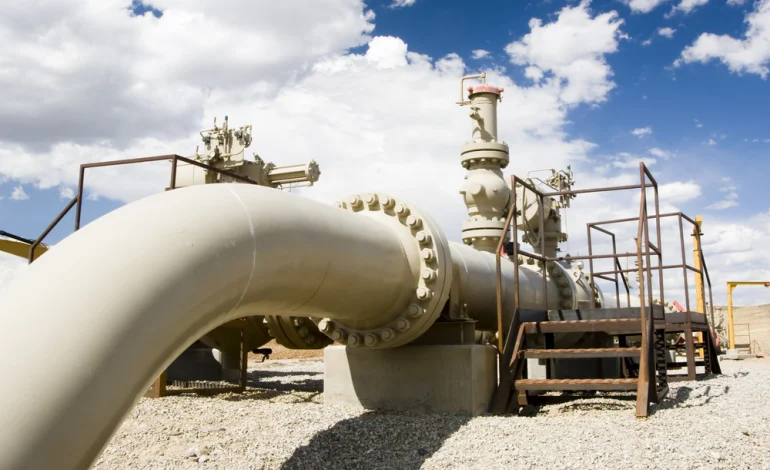As the global demand for sustainable energy solutions rises, Wyoming’s energy sector—dominated by natural gas extraction—faces an uncertain future, Oil City News reports.
However, a new study from the University of Wyoming suggests that the state could turn to blue hydrogen as a pathway to achieving net-zero emissions while maintaining its energy-driven economy.
Authored by a team of researchers from UW and Wyoming’s community colleges, the study explores the potential of blue hydrogen, an energy source derived from natural gas through steam methane reforming (SMR). Crucially, this process is paired with carbon capture and storage (CCS), making it a cleaner alternative to traditional natural gas. With its existing natural gas infrastructure, Wyoming is well-positioned to produce blue hydrogen on a large scale.
The study highlights several factors that make Wyoming a strong candidate for blue hydrogen production. First, the state’s extensive natural gas infrastructure, including roughly 17,800 active gas wells as of 2022, offers a foundation for hydrogen production. Wyoming’s pro-energy regulatory environment, bolstered by legislation such as the Low-Carbon Energy Standards, further enhances its attractiveness for investment in blue hydrogen.
Federal tax incentives provided by the Inflation Reduction Act (IRA) could also significantly boost Wyoming’s economic potential. These incentives would make blue hydrogen production more economically viable by offering financial benefits for carbon capture and storage efforts.
In addition to environmental advantages, blue hydrogen could stimulate Wyoming’s workforce by providing new job opportunities in the energy sector. Eugene Holubnyak, director of UW’s Hydrogen Energy Research Center, noted that the study considered the economic and workforce benefits for Wyoming residents, particularly in terms of training and employment opportunities in a low-carbon energy industry.
However, producing blue hydrogen is not without challenges. The process is 55% more expensive than traditional “gray” hydrogen production, which does not include carbon capture. It also demands 87% more water, complicating resource management in a state where water is often scarce.
Despite these hurdles, the study suggests that Wyoming could benefit financially from blue hydrogen production. If the state successfully stores carbon byproducts in saline reservoirs, it could earn up to $2 per kilogram of low-carbon hydrogen and $85 per metric ton of captured carbon dioxide, particularly with IRA tax credits in play.
While the study primarily focuses on blue hydrogen, it does not dismiss the potential of green hydrogen, which is produced from renewable energy sources like wind and sells for at least $3 per kilogram. With Wyoming’s ample wind and natural gas resources, both blue and green hydrogen could play a significant role in the state’s long-term energy strategy.










The latest news in your social feeds
Subscribe to our social media platforms to stay tuned